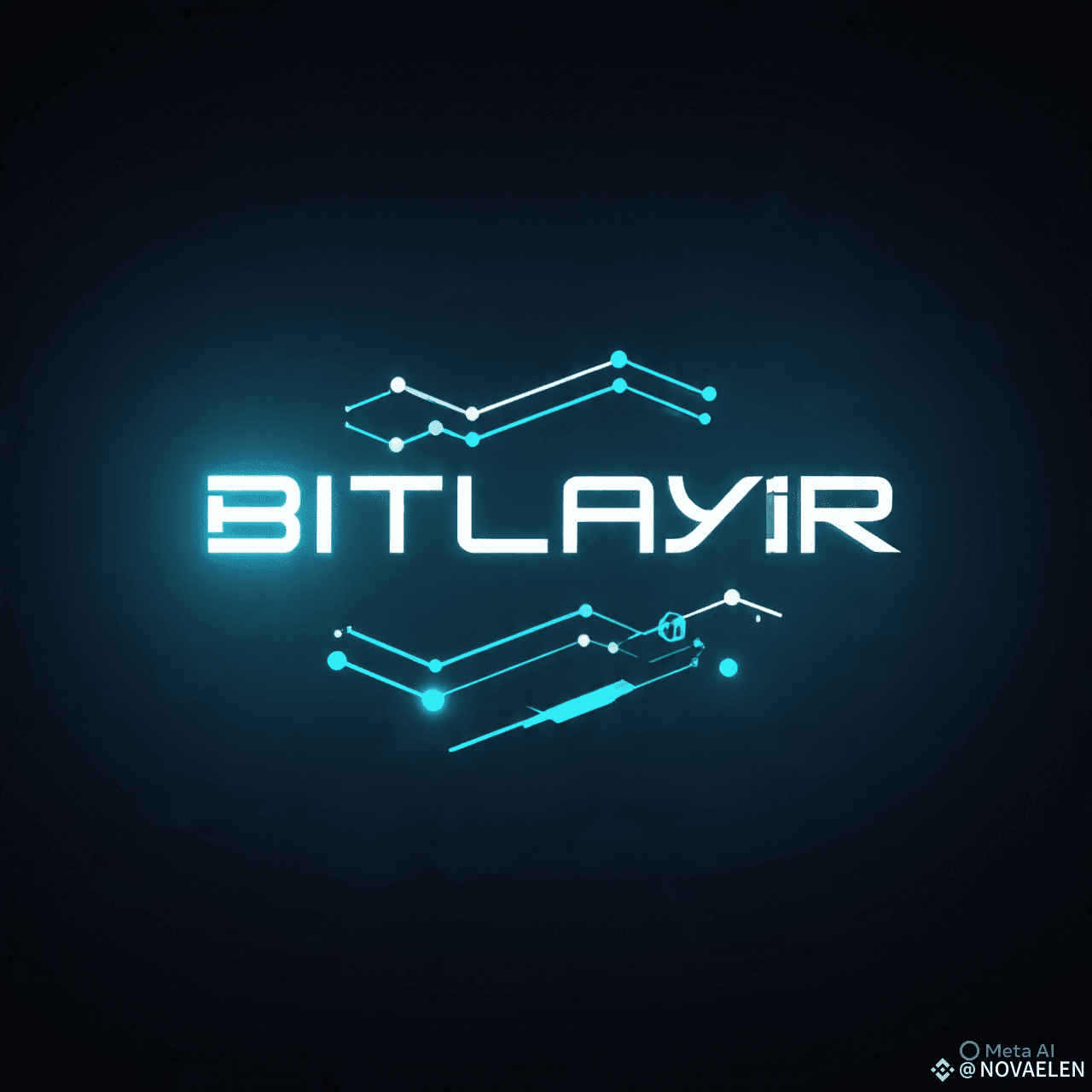For over a decade, Bitcoin has been the unshakable cornerstone of crypto. Its value, security, and decentralization have never been in question. But in terms of programmability, Bitcoin has always felt… limited. Unlike Ethereum, where developers can spin up thousands of smart contracts and applications, Bitcoin was largely confined to being “digital gold.” Powerful, yes — but static.
Enter Bitlayer, a project aiming to change that narrative. It’s not about reinventing Bitcoin but extending it. Think of Bitlayer as a Layer-2 scaling protocol designed to bring programmability to Bitcoin without compromising its trustless nature.
At the heart of this innovation lies BitVM, a breakthrough concept that allows Ethereum-style computation on Bitcoin while staying anchored to Bitcoin’s consensus security. By layering on top of Bitcoin rather than rewriting it, Bitlayer inherits Bitcoin’s resilience but unlocks new use cases: decentralized finance (DeFi), gaming, NFTs, and even DAOs — all powered by Bitcoin.
Why Does This Matter?
The market value of Bitcoin is over a trillion dollars. Most of that sits idle in cold wallets or exchange balances, waiting for number-go-up. Compare that to Ethereum, where capital is constantly moving through DeFi protocols, yield strategies, lending pools, and more. If even a small fraction of Bitcoin’s liquidity were to become programmable, the ripple effects could be enormous.
Bitlayer is not just building for speculation. It’s positioning itself as the first Bitcoin security-equivalent Layer-2, meaning developers can build dApps (decentralized applications) with the same confidence they’d place in Bitcoin itself. That’s a big claim — but it’s also the missing piece many Bitcoin purists have been waiting for.
Scaling Without Sacrifice
Scalability in crypto often comes with trade-offs. Higher throughput usually means less decentralization or weaker security. Bitlayer’s approach with rollups and the BitVM architecture seeks to avoid that. Transactions are batched off-chain but settled back on Bitcoin, preserving its security guarantees.
This model not only reduces congestion but makes everyday use cases practical. Imagine micro-transactions, global payments, or entire DeFi ecosystems powered directly by BTC without needing bridges that introduce vulnerabilities.
The Bigger Picture
Bitlayer’s arrival signals a shift in how the industry thinks about Bitcoin. For years, Bitcoin maximalists and Ethereum developers were seen as two separate camps: one clinging to simplicity and security, the other chasing experimentation. Bitlayer stands at the intersection, suggesting that Bitcoin can evolve without losing its soul.
As crypto matures, projects like Bitlayer remind us that innovation doesn’t always mean abandoning the old. Sometimes, it’s about breathing new life into what already works. Bitcoin has the trust. Now, with Bitlayer, it might finally have the tools to expand its utility.



